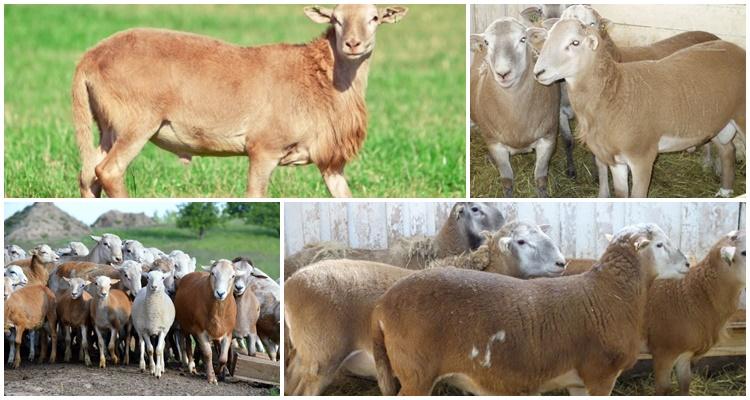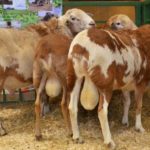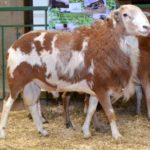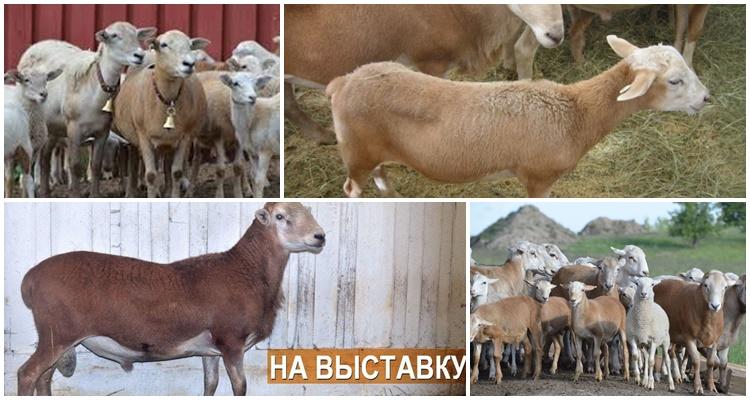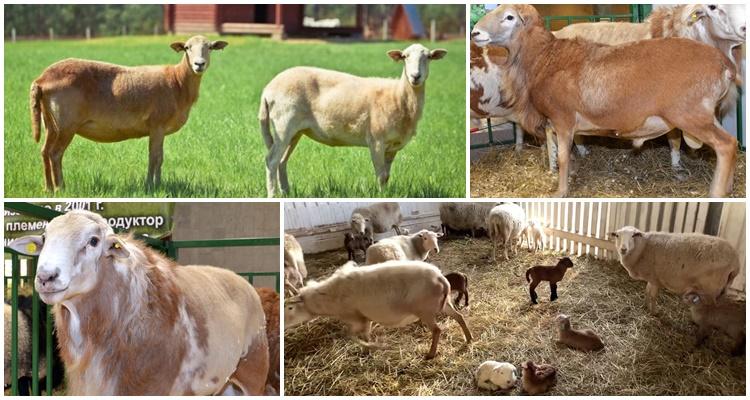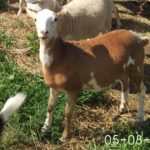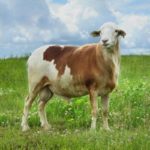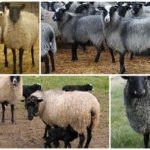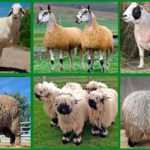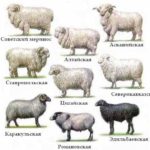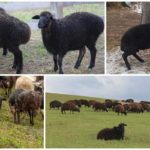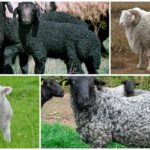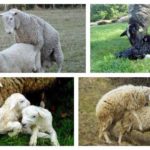Due to the lack of constant demand for sheep's wool, breeders decided to develop a new breed. This is how Katum smooth-wool sheep appeared. These are meat producing animals. They quickly adapt to new living conditions and are unpretentious in care. They don't need to pay much attention. The farmer only needs to learn a little information about this breed in order to get serious about breeding it.
History of the breed
They first started talking about Katum sheep in 2013. In the Katumy agricultural enterprise, located in the Vsevolozhsk district of the Leningrad region, farmer Lebedev O. S.decided to cross-breed animals. The goal of his work was to breed a special meat breed of sheep that would not require shearing. So the Romanov rough-wool sheep was crossed with the American Katahdin breed.
The animal received its name in honor of the place where it was originally born. The breed made Katumy of the Leningrad region famous. However, breeders continue to work on obtaining characteristic traits of the new bred animal.
Appearance and characteristics
Katum sheep are large in size. They have a strong body structure. These are smooth-haired animals with developed muscles, a medium-sized tail, and a deep chest of wide coverage. Their hairline is characterized by the absence of wool. Only hair is present on the skin. Only in cold weather does a small undercoat appear, which sheds with the onset of spring. Therefore, Katum sheep do not need shearing.
Among the distinctive features of the breed are:
- male weight – up to 110 kilograms, female – no more than 80 kilograms;
- color – reddish, fawn, piebald;
- wool – soft to the touch, short in length;
- life expectancy – 10 years;
- flexible character;
- the risk of developing diseases is low, the body is stable;
- expressiveness of reproductive function - the ability to give birth to 2-3 lambs per lamb every 6-7 months throughout life.
Quite often, Katum sheep give birth to twins or even triplets. Moreover, this state of affairs is considered the norm for this smooth-haired family. Lambs grow quickly and gain weight. Puberty occurs early. Therefore, the reproductive capacity of rams lasts for a long time.
These animals tolerate even severe frosts well if kept in good conditions under a canopy, where there is no snow and where rain does not fall.The body of Katum sheep is resistant to infectious diseases, and their hooves are not susceptible to disease. The constant presence of warm water in the animal’s diet reduces feed costs.
The meat of this animal is especially tasty and soft, similar to veal. There is no unpleasant aftertaste. Served ready-made, both hot and cold. The age of the animal does not in any way affect the taste of its meat.
Pros and cons of the Katum breed
Among the advantages of this type of sheep are:
- disease resistance;
- speed in weight gain;
- the ability to save 30% of feed when installing drinkers with warm water;
- fertility;
- excellent adaptive sensitivity;
- meat of good taste without a layer of fat.
Katums are not picky about food and know how to save food supplies. As for the shortcomings, the breeders have not yet been able to identify them, since the study of the breed continues.
Rules for keeping and caring for sheep
When preparing for winter, first of all, you need to remember that these animals have a canopy or barn built, which serves as shelter from bad weather and protects them from rain and snow. It is especially important to take care of warmth when lambing is expected or occurs.
Like any sheep, Katums need pasture. They need a large area for walking. It should be calculated so that each animal can graze without harming its relatives. It is important to understand whether the plot of land allocated for this purpose can feed all the ruminants.Moreover, during the dry season, a larger feeding area will be required than in rainy weather. Animals feed on a variety of grasses, but what suits them best is clover and a variety of meadow greens.
It is better to fence a plot of land allocated for pasture. To protect the sheep from predators, it is worth erecting a fence 1.5 meters high.
What do they feed them?
Pasture does not always leave the animal well-fed. Sometimes grass is not enough. In addition, it does not grow in meadows all year round. Then the farmer has to provide the animals with additional high-quality feed. You need to stock up on hay in advance, which should contain alfalfa and clover. These herbs are more nutritious and beneficial for Katum sheep. One animal weighing 45 kilograms eats approximately 500 grams of hay. Farmers also buy special-purpose feed. You should give up grains. Feed should not be stored for more than a month, especially in a closed and unventilated area, otherwise mold will form, and this is dangerous to the health of the animals.
Sheep need salt feeding. It is worth installing a salt lick somewhere in the paddock so that the animal, while on pasture, receives all the necessary minerals for the body. Ruminants will determine their own norm. Animals will lick the salt pressed block only when necessary. In addition, this is how preventive measures are taken to combat possible diseases.
Reproduction
To breed a purebred animal, it is worth crossing sheep and rams of the same color. A purebred herd provides good genetics for future offspring. In addition, this makes it possible to consolidate breed characteristics.After 7 months after birth, the ewe is ready for mating, which takes place both on pasture, in a natural environment, and in a special pen. After 5 months lambing occurs. Katum sheep give birth easily and without complications. The offspring are born strong and viable.
Treatment and prevention of diseases
Sheep need to be examined periodically. Although they are resistant to diseases, they can catch a respiratory infection. Therefore, you need to monitor their condition and check for nasal discharge.
Animals may have helminths in their stool. You should contact your veterinarian for an anthelmintic and then take it on a schedule. To prevent infectious diseases, people are vaccinated. This manipulation can preserve the health of an entire herd. The vaccine is needed in the fight against tetanus and enterotoxemia.
Checking the skin will protect the animal from external parasites.
Breeding area
Katumi rams and sheep in breeding stock are kept in the Katumi farm. They are bred in three districts of the Leningrad region: Boksitogorsk, Vsevolozhsk and Priozersk. This is practically the only meat breed of animal that does not have fat.

